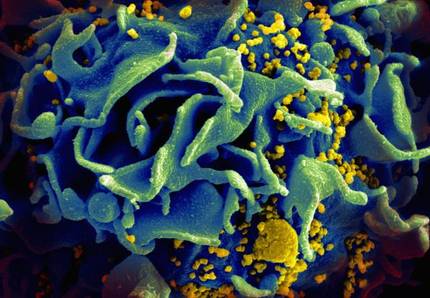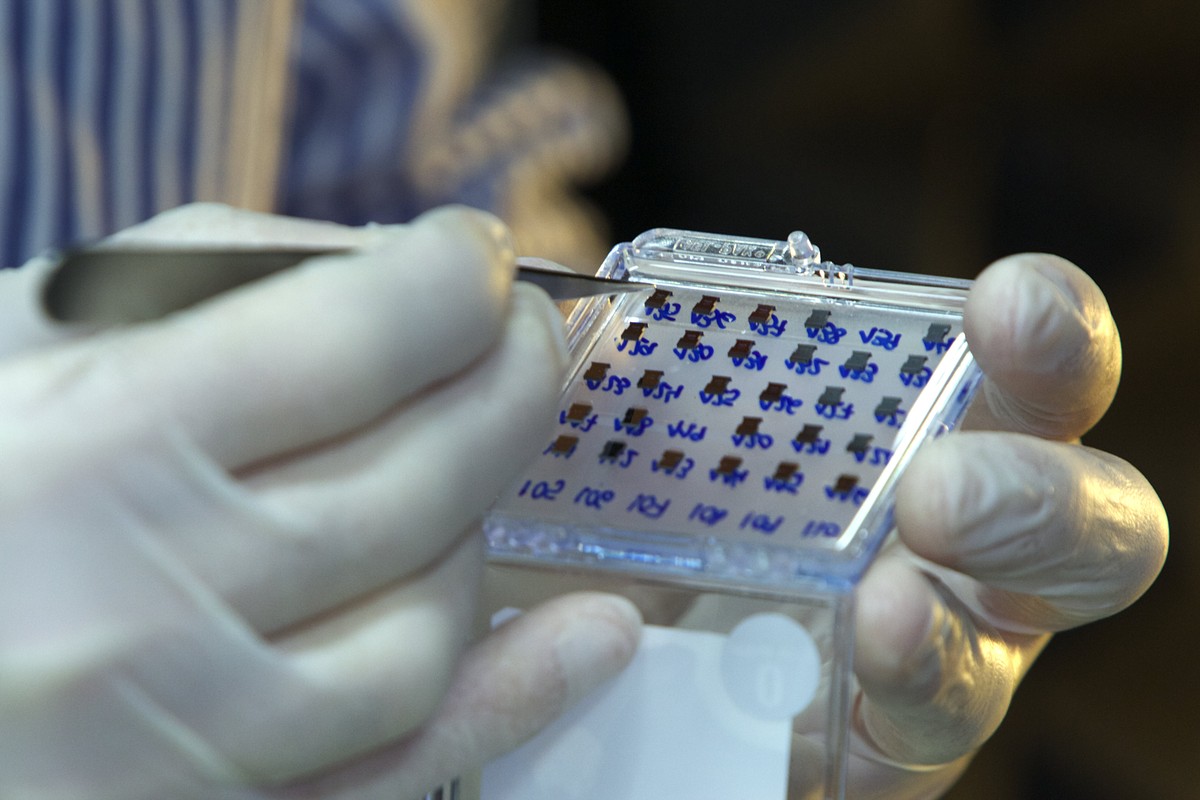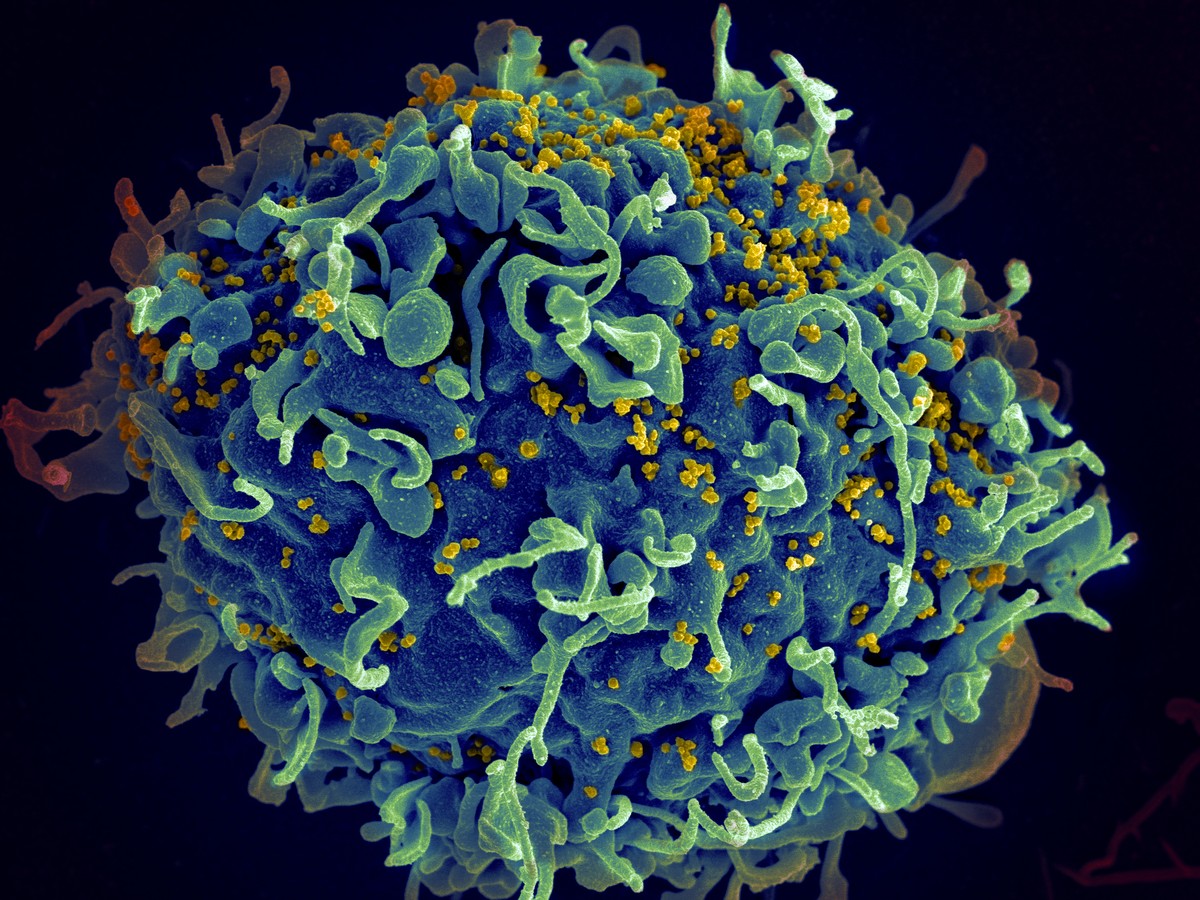The research capacity of bone marrow transplant to eliminate HIV
2018/04/16 Galarraga Aiestaran, Ana - Elhuyar Zientzia Iturria: Elhuyar aldizkaria

Speaking of his work, Badiola recalls first the “Berlin patient”: “This is the case of a person who suffered an AIDS cure as a result of bone marrow transplantation. Both suffered from leukemia and AIDS and in 2008, given the absence of another alternative, they decided to perform a bone marrow transplant to cure leukemia. There were 10 compatible donors including a mutation that prevented access to HIV cells: Mutation CCR5 Delta32. This donor’s bone marrow was transplanted and the result was optimal: in addition to curing leukemia, they managed to eliminate HIV.”
Badiola explains that this mutation was first documented in some African prostitutes and that about 1% of the population suffers from it. It is one of the receptors that uses HIV to access the inside of cells: being mutated, the virus cannot enter the cell, so it cannot reproduce.
At the Virgen de las Nieves University Hospital (Granada) they investigate two patients similar to Badiola Berlingoa, but they have the characteristic that their bone marrow does not have that mutation and, however, HIV has not been detected.
“In the case of berlingo it can be said that it is cured because it does not take medicine and cannot be detected by the virus. Nor can we detect patients from Granada, but for the moment they continue to take retrovirals,” said Badiola.
Nor in deposits
In patients receiving retrovirals it is normal that no virus appears in the blood. However, it is hidden in deposits, so they cannot interrupt treatment. However, in these two patients who have received a bone marrow transplant, in addition to in the blood, they have also checked the deposits of the virus: leukocytes, bone marrow, cerebrospinal fluid, ileone and glands. Neither in blood nor in deposits have detected viruses.
In addition, 100 million lymphocytes have been injected into laboratory mice (genetically modified mice for AIDS research) that have not developed AIDS. It seems that HIV has disappeared.
“The next step is to stop taking retrovirals and analyze what happens,” Badiola says. Both patients received the transplant in 2009 and 2013 and Badiola has been investigating their case for two years. Their ultimate goal is to find out how bone marrow transplantation leads to the disappearance of HIV.
And it is that, according to Badiola, it is not a mere question of mutation of the receptors: The Berlin patient methodology was tested on another occasion and was not completed because the virus used another coreceptor, CXCR4. Other factors therefore influence the disappearance of HIV. These are the objectives of the research.
Badiola wanted to make it clear that bone marrow transplantation cannot be an HIV treatment: “These transplants are at high risk and with antiretrovirals we have managed to turn AIDS into a chronic disease. So today, antiretrovirals are the best option.” However, knowing well the influence of transplantation, it is possible that in the future therapies may emerge to imitate it and for this it is working.
The research is part of the international project Mitstem. It is led by the IrsiCaixa AIDS Research Institute (Barcelona) and the Medical Centre of the University of Utretch (Holland) and funded by the anfAR Foundation (USA).

Gai honi buruzko eduki gehiago
Elhuyarrek garatutako teknologia





